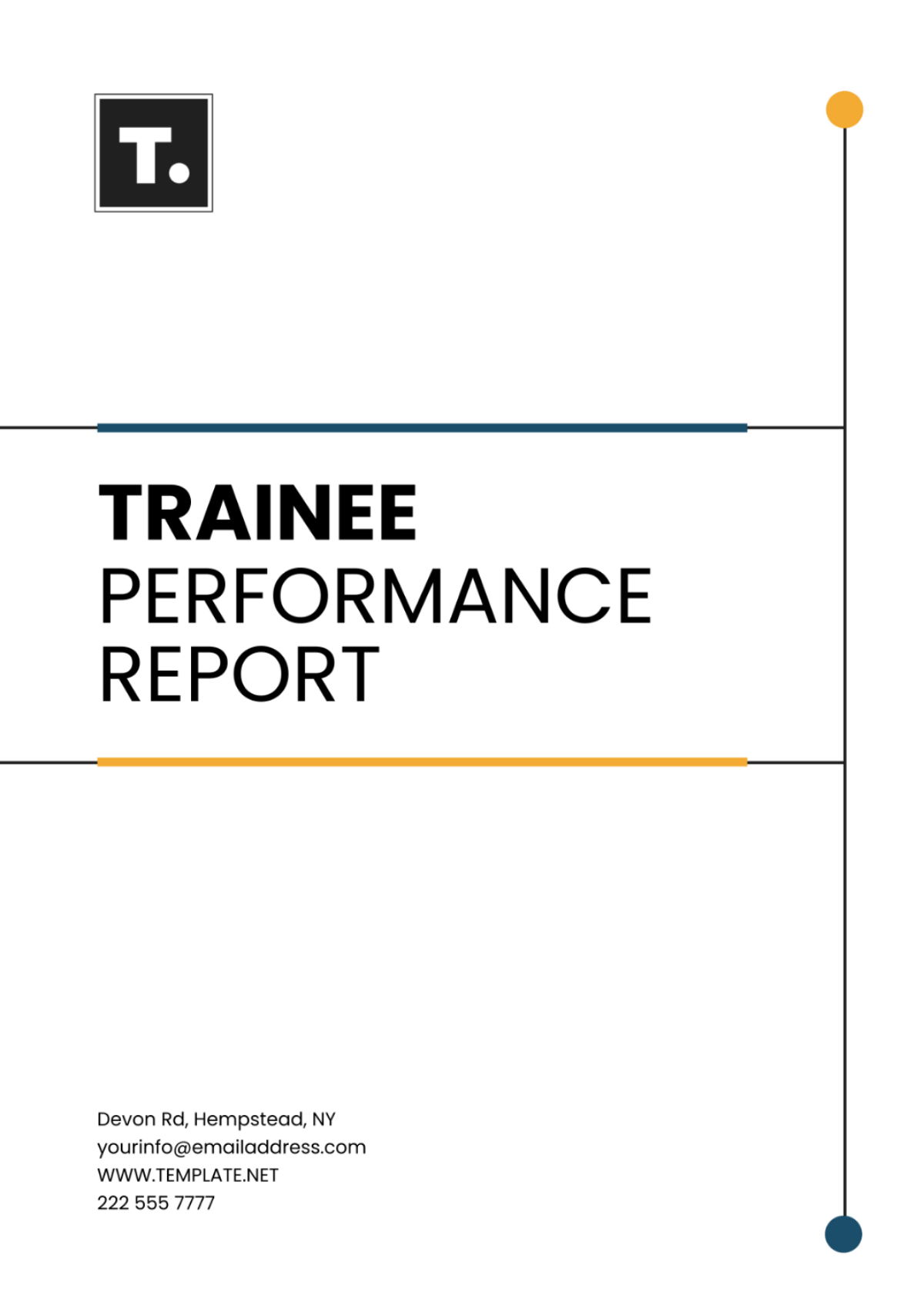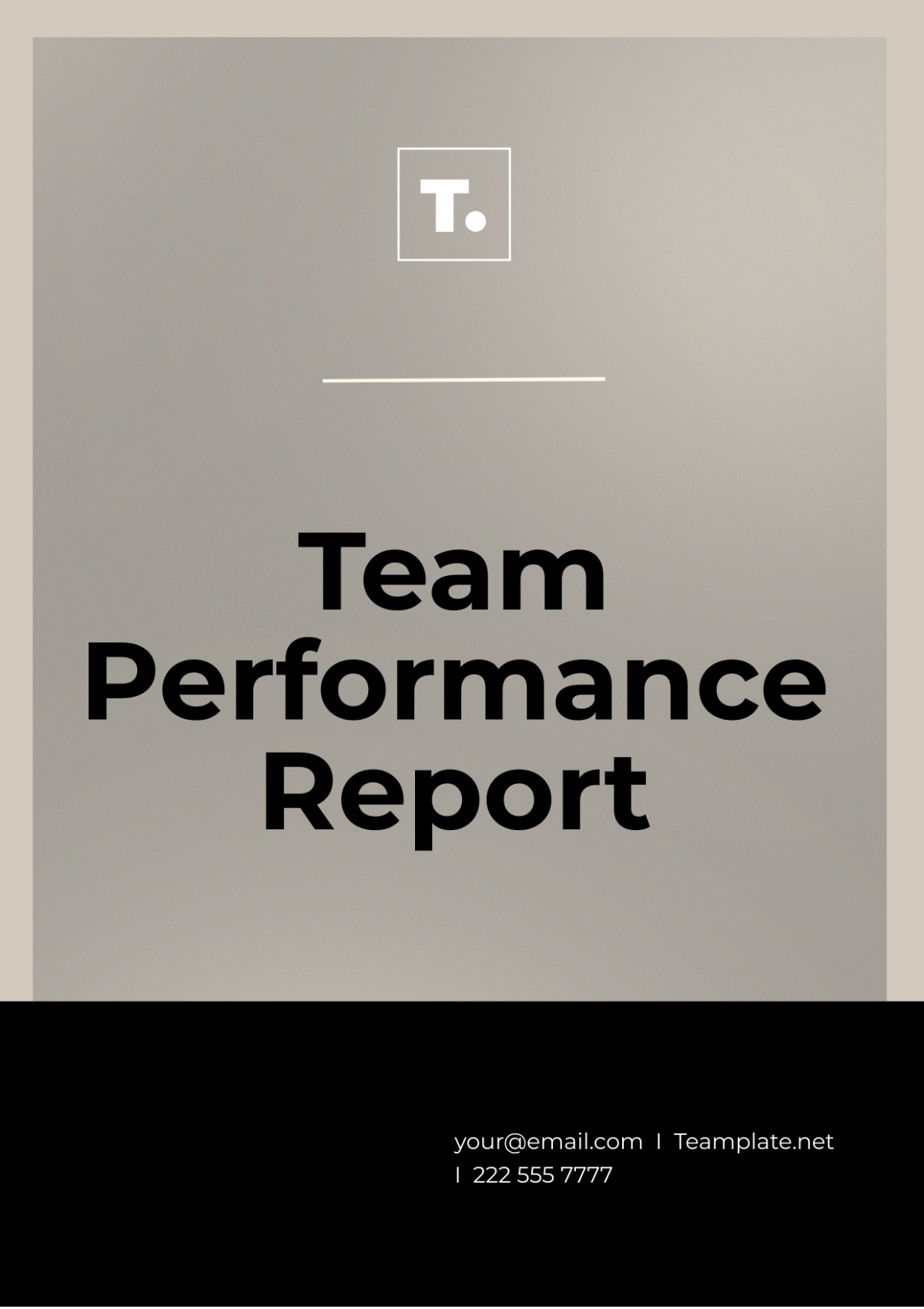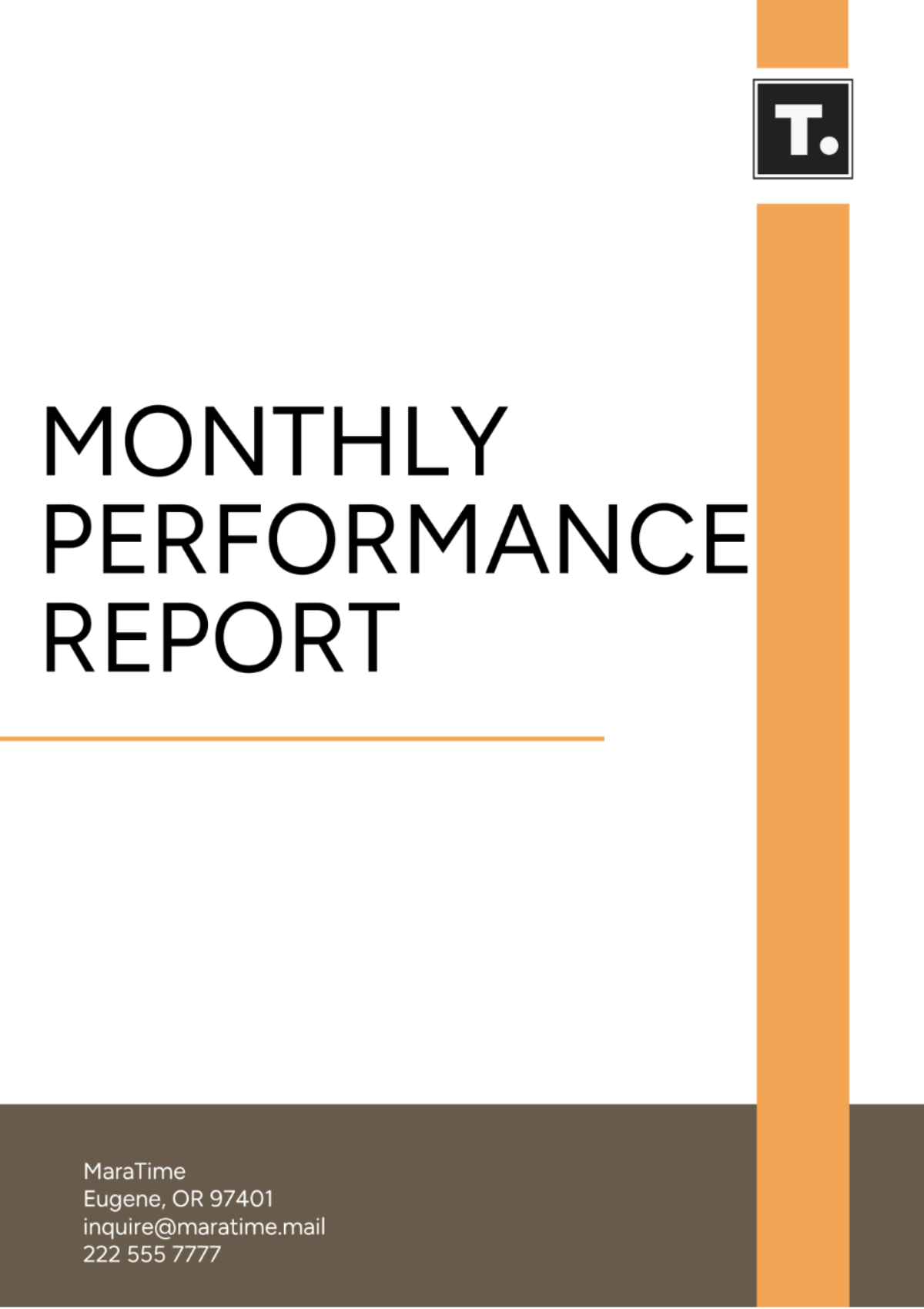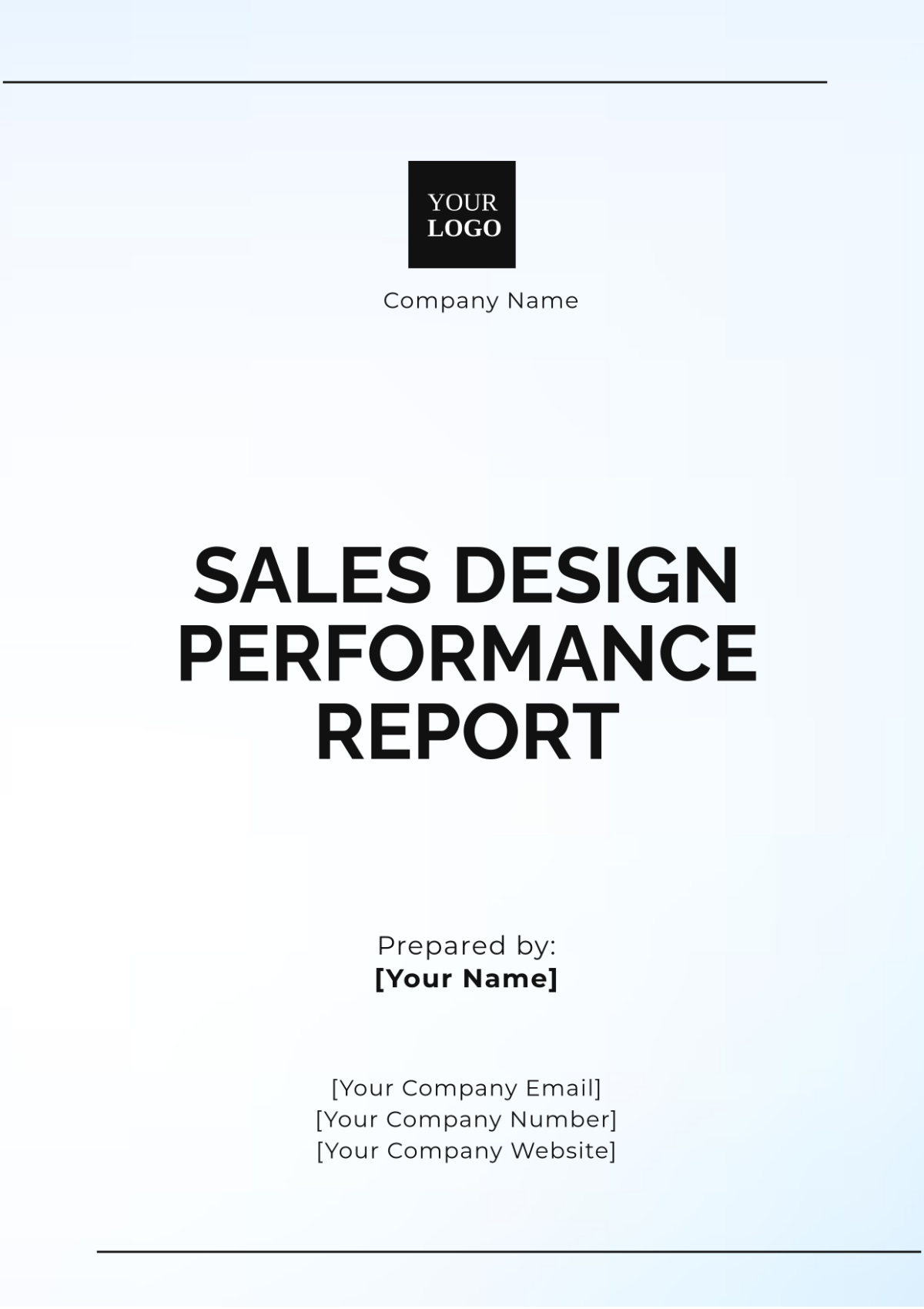Supply Chain Performance Report
Prepared by: [Your Name]
Company: [Your Company Name]
Date: June 15, 2050
I. Executive Summary
This Supply Chain Performance Report provides a comprehensive evaluation of our company's supply chain operations for the fiscal year 2050. The report highlights key performance metrics, analyzes operational efficiency, and offers actionable recommendations to optimize our supply chain processes. Overall, the analysis reveals that while our order fulfillment rates are strong, crucial areas, particularly in inventory management and costs, require immediate attention to enhance overall performance.
II. Introduction
The purpose of this report is to evaluate the current performance of our supply chain operations. By examining relevant metrics and data, we aim to outline operational strengths and weaknesses to strategize improvements. Efficient supply chains are critical for maintaining a competitive advantage, minimizing costs, and ensuring customer satisfaction in an increasingly dynamic market landscape.
III. Methodology
A. Data Collection
The data for this report was collected from various internal sources, including our inventory management system, order processing database, and financial reports. Additionally, external benchmarks were considered to provide industry perspectives and validate our performance metrics against leading competitors. Sources included industry reports, market analyses, and insights from supply chain experts.
B. Data Analysis Techniques
The analysis was conducted using quantitative methods, including statistical analysis for inventory levels, comparative studies for order fulfillment rates, and trend analysis for lead times and cost structures. Tools such as data visualization software were utilized to present the findings clearly and enable a better understanding of performance trends.
IV. Performance Metrics
A. Inventory Levels
Month | Average Inventory (Units) | Inventory Turnover Ratio |
|---|---|---|
January | 5,000 | 4.5 |
February | 4,800 | 4.8 |
March | 4,500 | 5.1 |
April | 4,700 | 4.9 |
May | 4,900 | 4.6 |
B. Order Fulfillment Rates
Order fulfillment rates have consistently remained above 95%, indicating strong performance in meeting customer demand on time. This high fulfillment rate has contributed to increased customer loyalty and satisfaction.
C. Lead Times
The current average lead time is calculated at 5.3 days, compared to the industry average of 4.8 days. This discrepancy indicates potential delays in logistics coordination and necessitates a review of our supply chain network and operational efficiency.
D. Supply Chain Costs
Total supply chain costs account for 22% of our net sales, which is higher than the desired benchmark of 18%. The breakdown of costs reveals that transportation and warehousing expenses are the most significant contributors, highlighting the need for targeted cost-reduction strategies.
V. Analysis
The analysis of performance metrics indicates that our supply chain processes exhibit strong capabilities in order fulfillment but face challenges in inventory turnover and cost management. The observed longer lead times suggest inefficiencies in logistics coordination, which could impact overall customer satisfaction if not addressed.
VI. Findings
Strong Order Fulfillment Capabilities: Our systems effectively manage orders, achieving a fulfillment rate exceeding 95%.
Higher Than Industry Average Supply Chain Costs: Our costs are 4% above the industry benchmark, signaling a need for improvement in cost management strategies.
Inventory Management Needs Improvement: The inventory turnover ratio indicates slower-moving stock, which can tie up capital and storage resources.
Lead Times Contributing to Operational Delays: Current lead times exceed the industry average, suggesting potential logistical bottlenecks.
VII. Recommendations
Implement Advanced Inventory Management Systems: Adopting a more sophisticated inventory management solution could optimize stock levels and improve turnover rates. This may include automated inventory tracking and demand forecasting tools.
Explore Cost-Reduction Strategies: Investigate options for strategic sourcing and enhanced logistics practices, such as negotiating better terms with suppliers and utilizing more cost-effective transportation methods.
Focus on Shortening Lead Times: Optimize supplier relationships and transport routes to decrease lead times. This may involve developing partnerships with local suppliers to enhance responsiveness and flexibility.
Regularly Review and Benchmark Against Industry Standards: Establish a routine for benchmarking against industry leaders to identify performance gaps and adjust strategies accordingly.
VIII. Conclusion
In conclusion, while our supply chain performs well in certain areas, such as order fulfillment, there is significant scope for improvement in inventory turnover, cost efficiency, and lead time reduction. By adopting the recommended strategies, we can achieve better operational performance and enhance our competitive standing in the market. Moving forward, continuous monitoring and adaptation of our supply chain practices will be essential in maintaining our growth trajectory in the evolving business landscape of 2050 and beyond.

















































